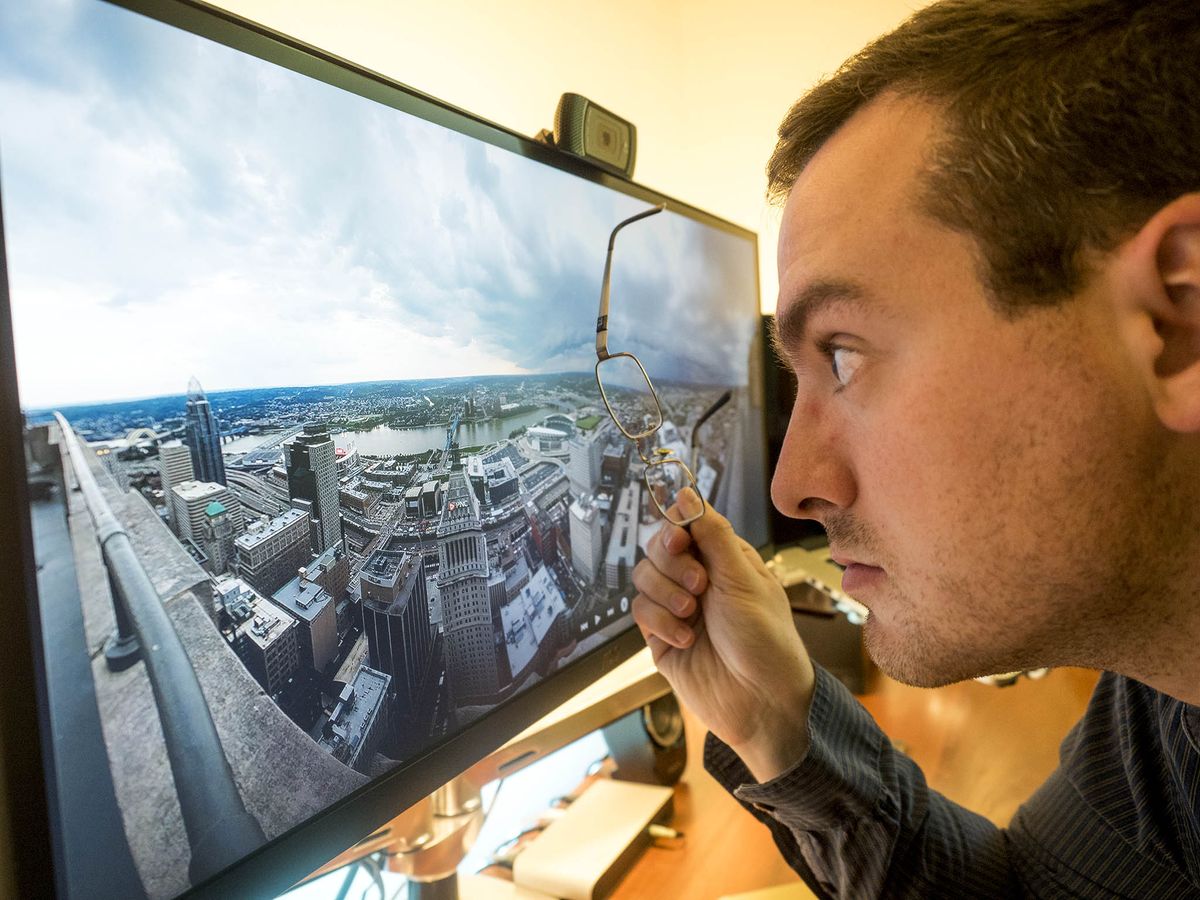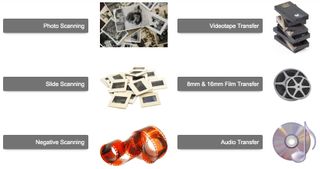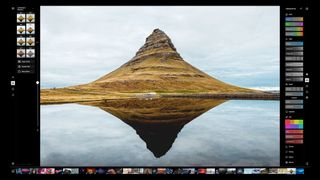
Is that old dust-covered box of photos in the closet haunting you? Are you worried about losing your memories in image form to faded years or, worse, a natural disaster? Instead of letting your old photos fall apart, you can convert them into digital format for easy viewing and storage. The easiest way to go about this process is to send them away to a scanning service, but you can also do the job done yourself. Let's take a look at both methods so that you can stop worrying about your old pictures.
Invest in a photo scanning service
The easiest way to turn your old photos into digital format is to send them away to a photo scanning service. These services generally convert negatives, prints, and slides, and will sometimes offer some sort of restoration for damaged, faded, or crumpled images.
Depending on how many photos you want to convert, this method can also be the most expensive, because they often charge a fee per photo. Still, if you don't have time to scan, edit, and save or print your own photos, a dedicated service is a solid option.
Memories Renewed

Memories Renewed offers photo, negative, and slide scanning, plus they'll transfer old videotapes, 8 mm and 16 mm film, and audio into digital formats. As far as photo scanning goes, all images are scanned at 600 dpi for a clear picture, plus photos can be restored if they're damaged. All photos are handled carefully, so you don't have to worry about your old prints receiving further damage.
The Wirecutter went to great lengths to choose a best photo scanning service, and Memories Renewed came out on top. From that review:
Memories Renewed offers the best combination of price, quality, and turnaround time.
Standard photos cost $0.60 each, plus you can purchase a USB thumb drive, CD or DVD. You can also send your own hard drive, and your photos will be transferred at no extra cost. If you're looking for a great scanning service, this seems to be it.
Get the Windows Central Newsletter
All the latest news, reviews, and guides for Windows and Xbox diehards.
Scan your own photos
The best way to convert those old photos into digital format on your own is to use a photo scanner and editing software. You get to keep your priceless pieces of paper, plastic, and ink where you can see them — you never know what will happen if you send them out — and you can ensure the digital scans are up to your standards.
To get started, you usually want a quality photo scanner that can capture your old pictures properly. We put together a roundup of the best photo scanners on the market that includes affordable and deluxe options. If you don't want to go in for a dedicated piece of hardware, consider checking out the Office Lens app that lets you use your phone to scan old photos.

To save time, we recommended that you scan multiple photos at once. Most scanners have a large bed, and you should be able to fit a few pictures. Once scanned, some sort of image editing software can be used to crop each image and, if you want, do some touching up. Red eyes don't have to live forever!
Check out our roundup of the best affordable graphics and photo-editing apps for a good selection of software that can help you get your old prints into shape.
See the best graphics and photo-editing apps for Windows
Finally, once your old pictures are on your PC in digital format, you should back them up for safekeeping. No sense going to all this work just to have a hard drive crash. You have multiple solutions to choose from, but we recommend backing up to at least two different locations. We put together an ultimate guide to help you get your photos and data backed up.
Back up your PC and protect your data with these Windows resources
For a bit more help with scanning your own photos, check out Staff Reviewer Rich Edmonds's excellent write-up.
Everything you need to scan and save old photos using Windows 10
Are you scanning?
Have you turned your old photos into digital format? Did you do it yourself, or did you go with a scanning service? Let us know about your experiences and share any tips or tricks you discovered along the way.

Cale Hunt brings to Windows Central more than eight years of experience writing about laptops, PCs, accessories, games, and beyond. If it runs Windows or in some way complements the hardware, there’s a good chance he knows about it, has written about it, or is already busy testing it.